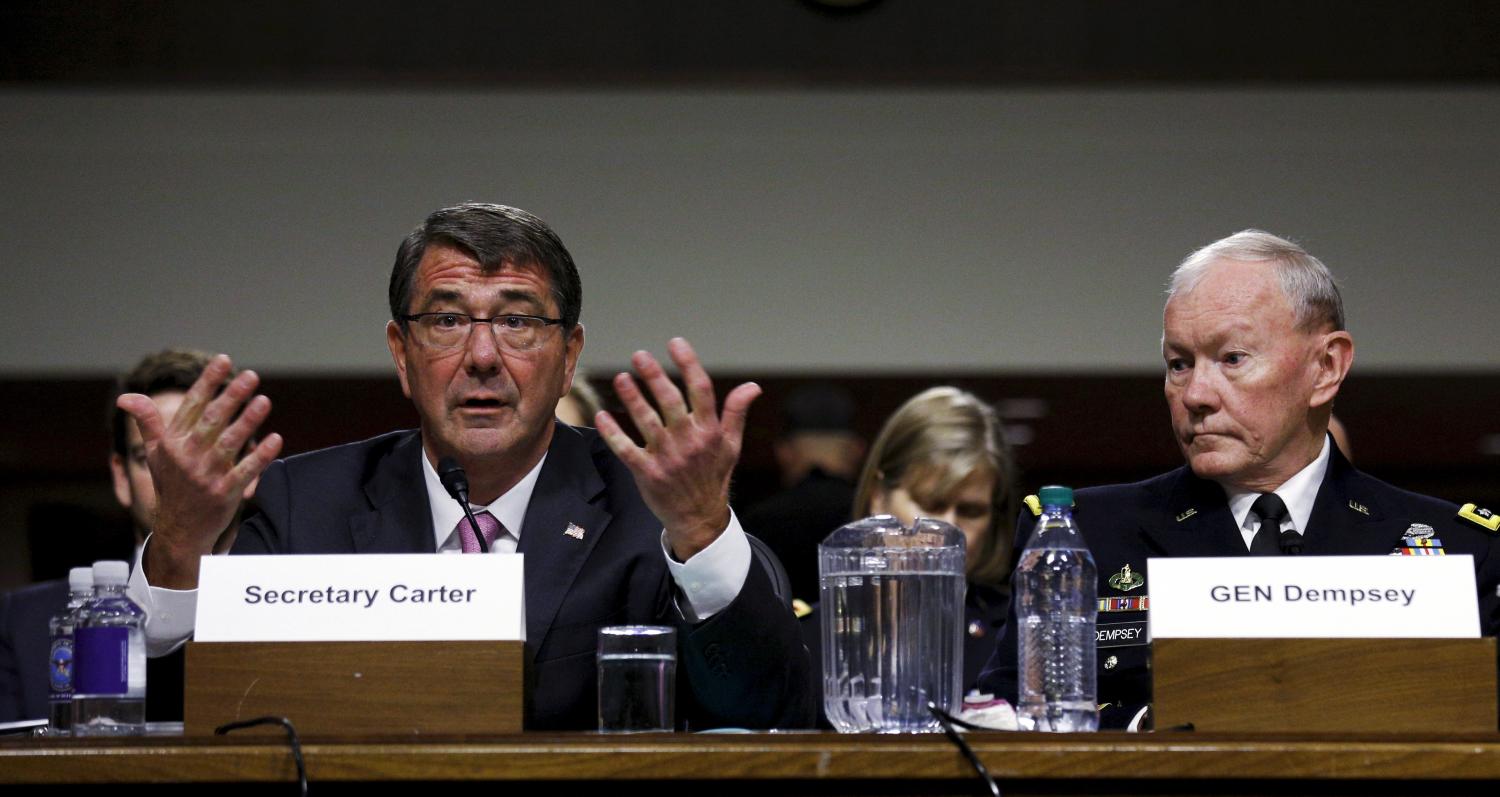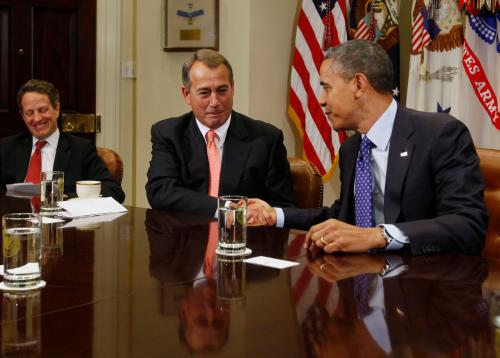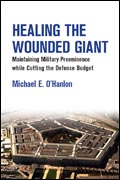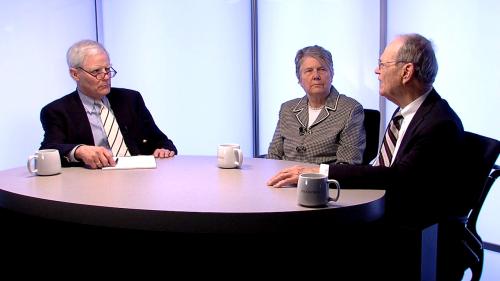On defense, the presidential candidates should spell out the spending level they would seek as well as details about how the money would be spent – but there are no cuts to be had, according to Brookings Senior Fellow Michael O’Hanlon. Despite numerous mistakes and challenges, U.S defense has won the Cold War, prevented another 9/11, limited the scale of nuclear weapons proliferation, sustained a U.S.-led coalition accounting for two-thirds of global GDP and military spending, and maintained a mostly peaceful international environment conducive to trade and prosperity. Yet there will be further needs and there are ways to make American defense posture and policy more efficient with modest budgetary increases in the years ahead, O’Hanlon writes.
“Policymakers looking to achieve fiscal balance by cutting the defense budget will be disappointed. Defense spending is already down below 15 percent of total federal spending and equals just over 3 percent of GDP—very modest figures by post-World War II standards. Indeed, under my proposal, its share of federal spending and GDP would probably continue to decline. To be sure, at nearly $600 billion a year, defense spending will remain large. But the world is challenging and dangerous, and American military power is a generally stabilizing force within it. Thankfully, while the Pentagon cannot provide an easy panacea for fiscal reformers looking for painless budget cuts, its additional needs are eminently affordable as well,” he concludes.







